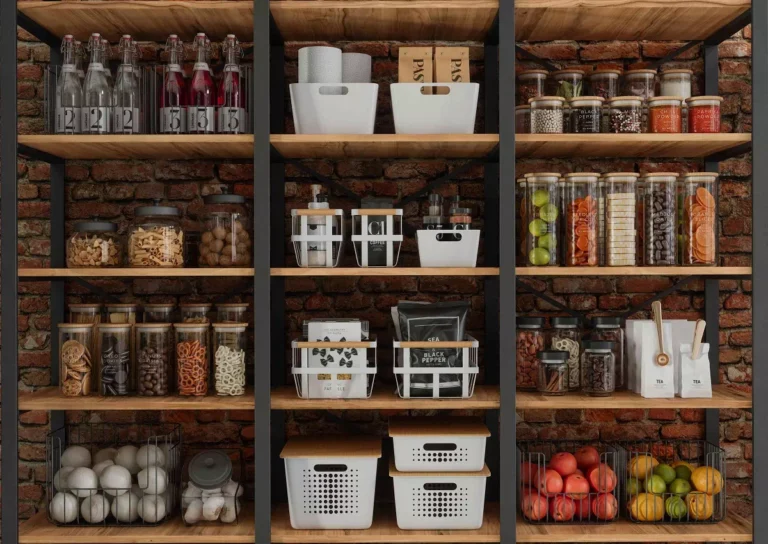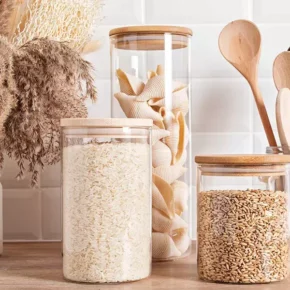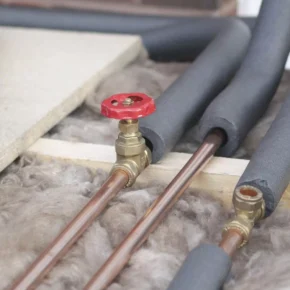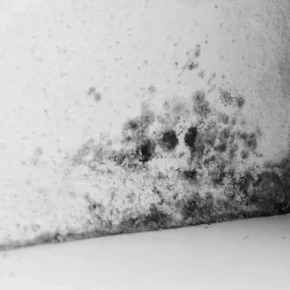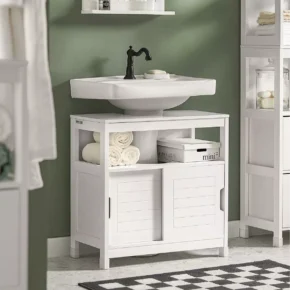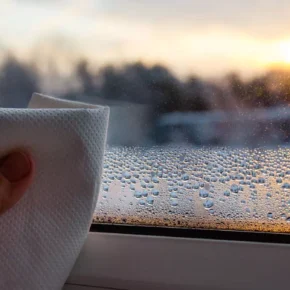With the onset of cold weather, it is important to ensure long and high-quality storage of seasonal vegetables and fruits. The right approach will help preserve the taste, freshness and benefits of products, as well as reduce the cost of buying fresh vegetables and fruits in winter.
1. Preparation for storage, sorting
It is important to sort the fruits before storage. Damaged, crumpled or excessively soft specimens should be consumed immediately or processed, because even small defects can quickly lead to spoilage. Dry, healthy fruits keep better and are more resistant to decay.
- Vegetables : Some vegetables, such as potatoes, carrots, beets and onions, do not need to be washed before storage, only a thorough cleaning of the soil.
- Fruits : Apples, pears and other fruits should be gently wiped with a dry cloth so as not to damage the skin.
2. Storage in a cellar or basement

A cellar or cellar is a traditional place for storing vegetables and fruits, where natural coolness and humidity are provided.
- Temperature and humidity : The ideal storage temperature for most vegetables is between +1 and +5 °C and a humidity level of 80-90%. Fruits are stored better at temperatures from +2 to +4 °C.
- Ventilation : It is important to ensure good ventilation, as the accumulation of moisture can cause the growth of fungi and bacteria.
Example: It is convenient to store potatoes and carrots in boxes with sand or sawdust, which helps to retain moisture and prevent germination.
3. Using the refrigerator
The refrigerator is suitable for storing vegetables and fruits in limited quantities. This is an ideal option for juicier fruits or in case there is no cellar.
- Vegetables : Store in separate sections designated for vegetables or in airtight bags or containers to retain moisture.
- Fruits : Some fruits, such as apples, release ethylene, which accelerates the ripening of other foods, so store them separately.
4. Drying: long-term storage without refrigeration

Drying allows you to preserve fruits and vegetables for a long time without the need for refrigeration, leaving their nutritional properties and concentrated taste.
- Fruits : Apples, pears, plums and apricots are suitable for drying, which can be done in the oven, electric dryer or in the fresh air.
- Vegetables : Peppers, carrots, zucchini and tomatoes can also be dried and used in soups and stews.
Dried products are best stored in airtight containers in a dark place.
5. Freezing: a convenient method for many vegetables and fruits
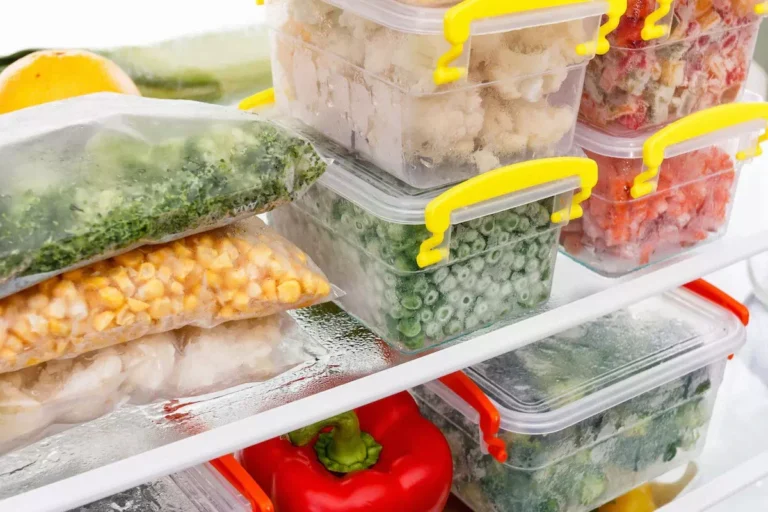
Freezing is one of the most effective methods that allows you to preserve almost all the nutritional properties of foods. Frozen vegetables and fruits are convenient to use for cooking in winter.
- Preparation : Vegetables, such as carrots, broccoli, peas, should be blanched a little before freezing. This preserves their texture and color.
- Fruits : Berries, cherries and plums can be frozen without blanching. Spread them out individually on a baking sheet to pre-freeze, then store in bags.
6. Preservation: pickling and salting
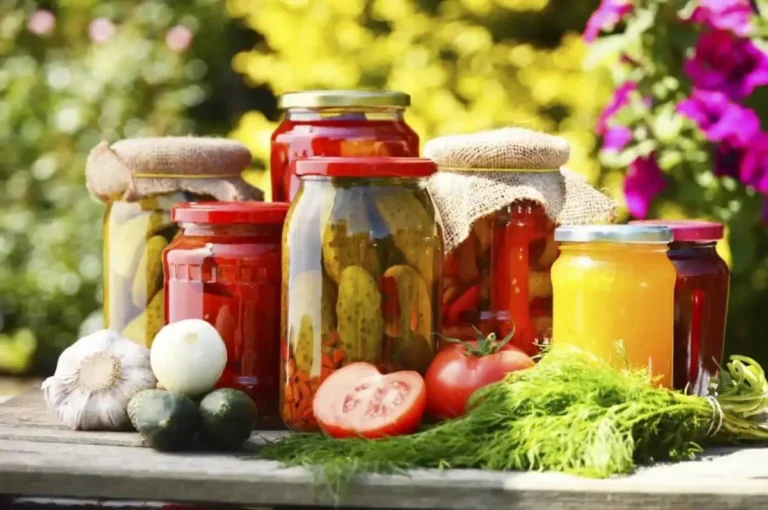
Canning, pickling and salting allow you to store products for a long time and add new flavors to them.
- Cucumbers, tomatoes, cabbage : Classic options for pickling. Pickling lasts longer and is suitable as an addition to various dishes.
- Fruits : Compotes, jams and jams allow you to enjoy the taste of berries and fruits in the cold months.
7. General advice for long-term storage
- Separate storage of vegetables and fruits : Some fruits emit ethylene, which can accelerate the spoilage of vegetables.
- Ventilate the storage area : Regularly ventilating the cellar or basement will help prevent moisture build-up.
- Regular inspection : Once every few weeks, inspect vegetables and fruits for spoilage to avoid contamination of other products.
Proper storage of vegetables and fruits in winter allows you to enjoy tasty and healthy products until spring, without losing their nutritional value. The choice of storage method depends on the type of products and the availability of storage space, but preparation and control of storage conditions are equally important for all methods.

